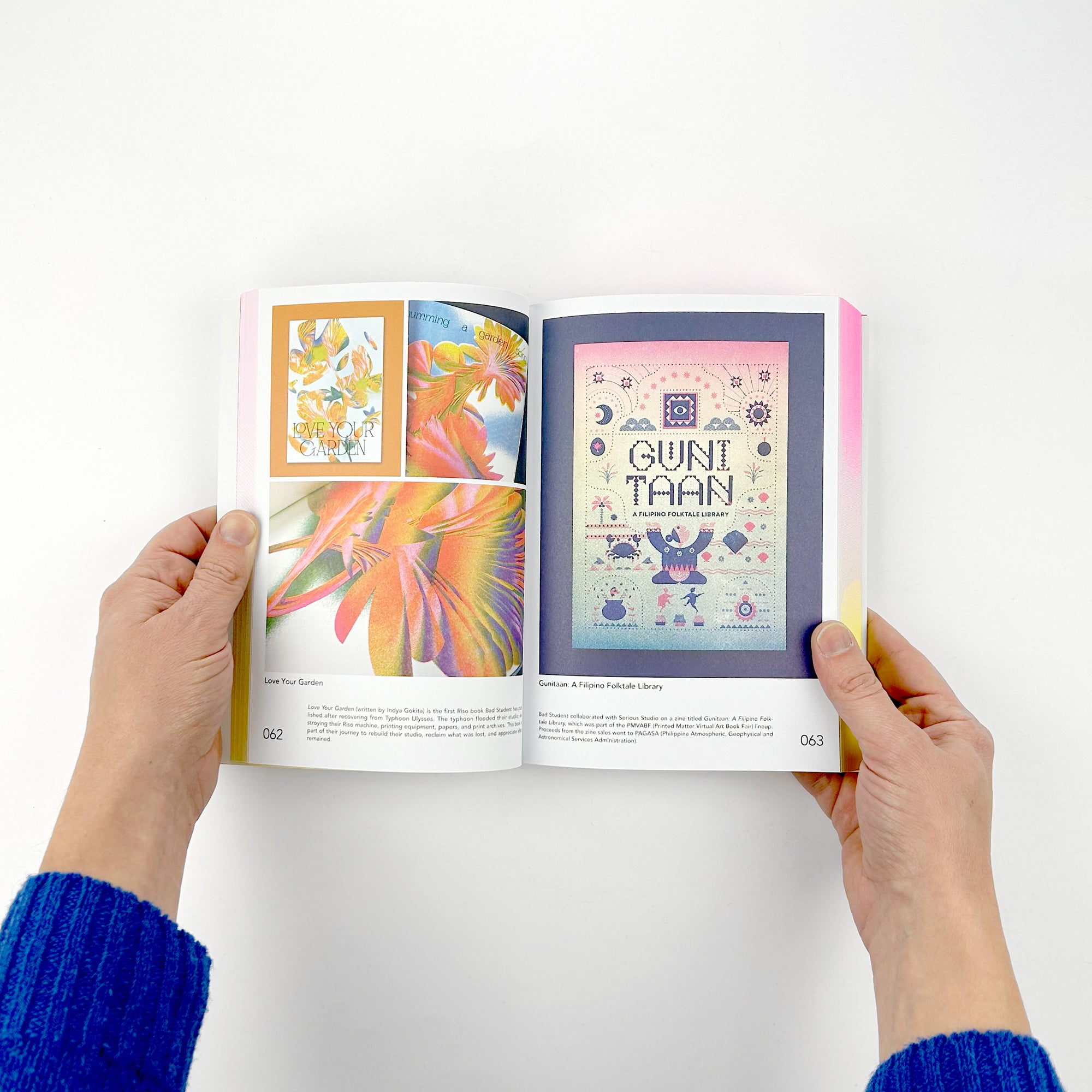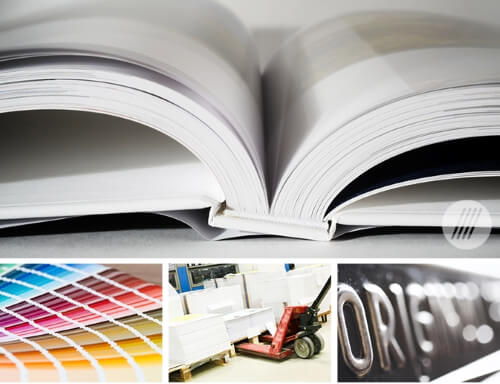Short Run art book Printing: What You Should Know
Short Run art book Printing: What You Should Know
Blog Article
Understanding the Refine Behind High-Quality Art Book Printing for Art Enthusiasts
When it comes to premium art book printing, understanding the complexities of the process can boost your admiration for the final product. As you explore the various elements of art book printing, you'll reveal insights that can change your perspective on art preservation and discussion.
The Value of Paper Choice in Art Book Printing
When it comes to art book printing, the option of paper can make or break the end product. You want your art work to shine, and the ideal paper enhances shade vibrancy and detail. Consider variables like weight, structure, and coating; these elements significantly influence exactly how viewers perceive your job.
For example, a larger stock shares top quality and longevity, while a distinctive coating can include depth to photos. Smooth paper is excellent for detailed recreations, enabling great lines and subtle shades to appear crisp.
Don't ignore the paper's illumination; a brighter sheet can aid shades pop, making your art a lot more eye-catching. You'll also wish to believe about just how the paper communicates with inks and whether it can handle the printing process without buckling or bleed-through. Inevitably, choosing the right paper sets the phase for your art, ensuring it catches the target market's interest just as you imagined.
Selecting the Right Inks for Vivid Recreations
Choosing the ideal inks is simply as important as selecting quality paper to achieve lively recreations in your art book. When you're printing artwork, you want colors that stand out and precisely represent the original piece. Select inks with a high pigment focus; these tend to generate richer and extra saturated shades.
You could take into consideration using historical inks, which withstand fading gradually, ensuring your art book stays as striking as the day it was printed. If you're dealing with photos or digitally developed art, pigment-based inks can supply a larger shade gamut, enhancing detail and depth.
Don't forget the coating! Matte and glossy inks can dramatically modify the look of your artwork, so consider the appearance you're aiming to accomplish - art book. Eventually, the appropriate ink option enhances your paper option, producing a stunning visual experience for your viewers
The Role of Color Monitoring in Publish Quality
Color monitoring plays a crucial duty in attaining high print high quality for your art book. It ensures that the colors you see on your display convert precisely to the published page. Without effective shade monitoring, your vibrant artworks may show up boring or distorted, threatening your innovative vision.
Next, make use of shade profiles tailored for your printer and paper kind. These profiles guide the printer in recreating colors properly, decreasing inconsistencies between electronic and printed variations.
When you prepare your documents, consider utilizing a shade space like Adobe RGB or CMYK, depending on your printer's specs. Always proof your work, too; a test print can disclose any type of possible color issues before the last run. By prioritizing shade management, you safeguard the honesty of your art, guaranteeing your target market experiences it as you planned.

Understanding Different Binding Strategies
Accomplishing the excellent try to find your art book goes beyond shade management; binding techniques also play a considerable duty in its general discussion and resilience. You have several options to examine, each with its own one-of-a-kind attributes.
If you're aiming for a professional feel, situation binding uses a sturdy choice with a hard cover, perfect for showcasing your artwork. On the various other hand, ideal binding offers a flexible spine while keeping expenses down, making it a popular selection for softcover books.
Spiral binding allows your art book to lay level, which is wonderful for showing photos without obstruction. Saddle stitching is suitable for smaller pamphlets, offering a tidy finish without the bulk.
Ultimately, the binding method you choose ought to reflect your imaginative vision and how you want readers to involve investigate this site with your job. See to it to weigh these alternatives carefully to attain the most effective result for your task.
The Influence of Print Size and Layout on Discussion
While the option of print size and design may seem secondary to content, they substantially influence how your art work is perceived. The visit this web-site dimensions of your prints can either enhance or decrease the impact of your pieces. Larger prints can attract audiences in, enabling them to appreciate elaborate information, while smaller sized layouts may need even more intimate interaction.

Conservation Methods for Durable Art Books
To guarantee your art publications stand the test of time, it's crucial to apply efficient preservation methods. Use acid-free storage space boxes or safety sleeves to secure them from dirt and physical damage.
When handling your books, constantly wash your hands or put on cotton handwear covers to stay clear of oils and dust moving onto the web pages. Prevent bending or wrinkling the spinal columns; rather, use book supports when presenting them.
For visit here included protection, consider investing in archival-quality materials for any type of repairs or improvements. Regularly examine your collection for indicators of wear or damages, resolving issues without delay. By complying with these simple approaches, you can ensure your art books remain dynamic and easily accessible for many years to find, protecting their appeal and value for future generations.
Teaming up With Printers for Optimum Results
When you're all set to print your art book, picking the best printer is vital to attaining your vision. Clear interaction concerning your expectations and needs will help assure that both you and the printer get on the very same page. Allow's explore just how to make this partnership as seamless and efficient as possible.
Choosing the Right Printer

Effective Interaction Approaches
Efficient communication is important for transforming your art book vision right into truth, particularly when collaborating with printers. art book. Begin by plainly outlining your job's goals, including layout elements, recommended products, and any kind of details printing techniques. Don't wait to share your motivations and referrals; this helps the printer recognize your visual
Be open to responses, as printers frequently have important insights that can improve your project. This collaboration will certainly assure that your art book satisfies your assumptions and shines in its final kind.
Regularly Asked Concerns
What Prevail Mistakes to Prevent in Art Book Printing?
When publishing your art book, avoid common mistakes like poor resolution images, wrong shade accounts, and disregarding page design. Do not neglect to check and verify details to confirm your end product satisfies your expectations.
How Does Digital Printing Differ From Traditional Printing Techniques?
Digital printing utilizes electronic files to develop prints straight, permitting for quicker turnaround and personalization. On the other hand, standard methods involve physical plates, which can be taxing and much less flexible for little runs or special styles.
What Is the Regular Turn-around Time for Art Book Printing?
The regular turn-around time for art book printing varies, however you can expect it to take anywhere from a few weeks to numerous months. Elements like intricacy, quantity, and printing approach all affect this timeline.
Can I Print a Limited Edition Art Book Financially?
You can publish a restricted edition art book financially by choosing cost-efficient products, enhancing print runs, and utilizing digital printing options. Mindful preparation and budgeting will certainly assist you achieve top quality without spending too much.
What Are the Ecological Considerations in Art Book Printing?
When thinking about art book printing, you must consider eco-friendly products, lasting inks, and energy-efficient procedures (art book). Choosing local printers can additionally minimize your carbon impact, making your task both stunning and ecologically responsible
Report this page